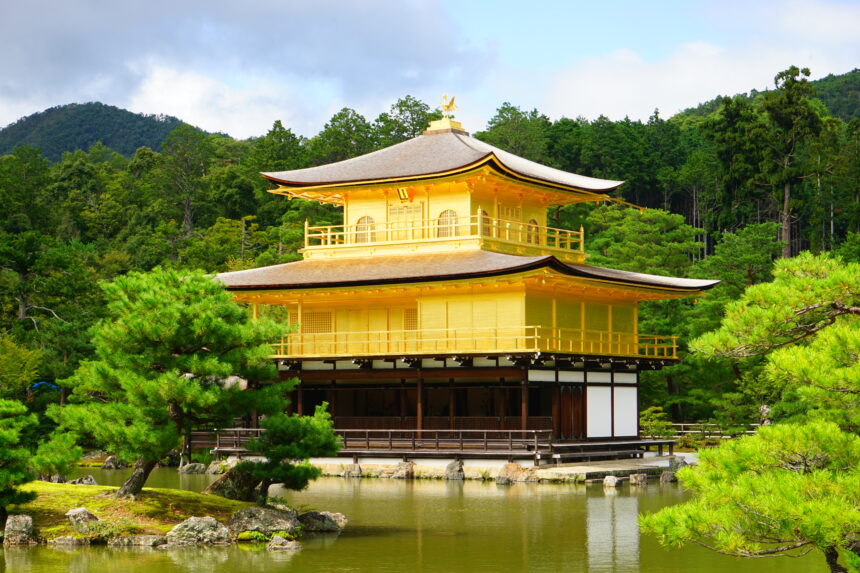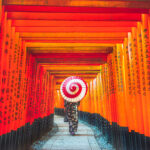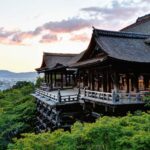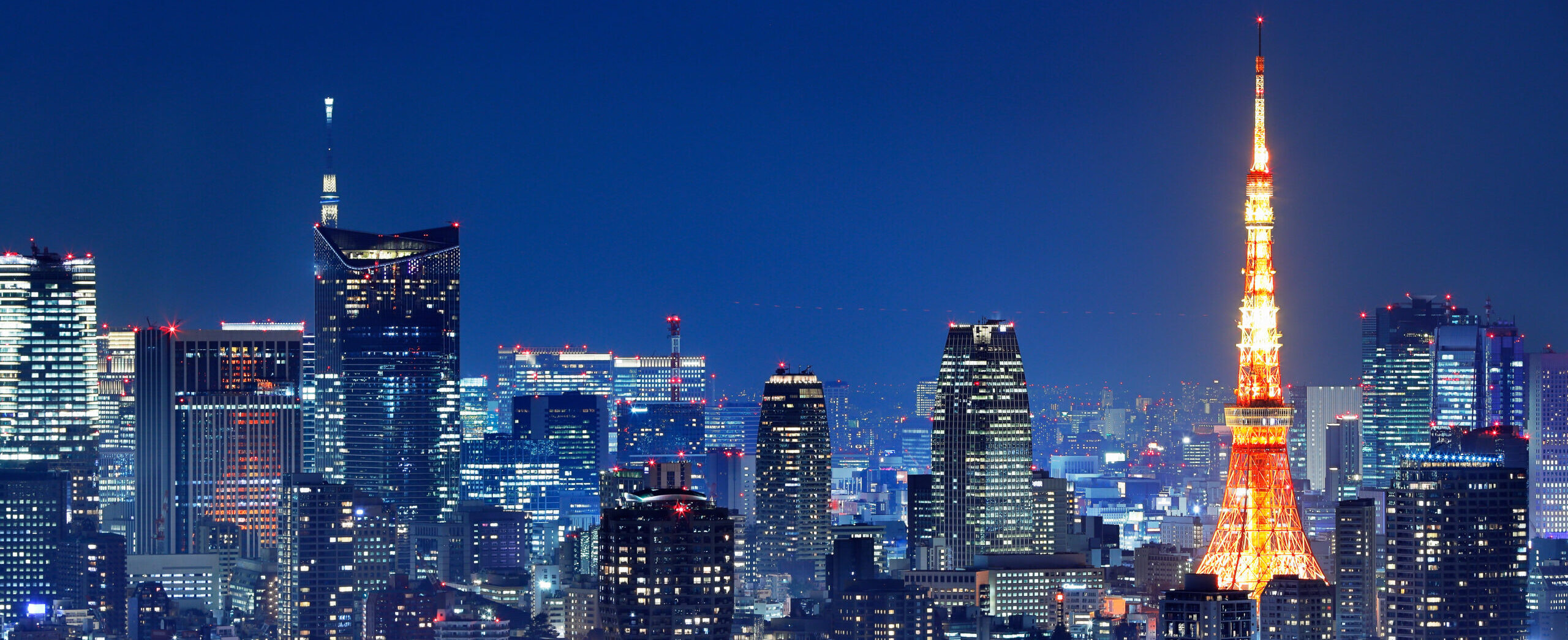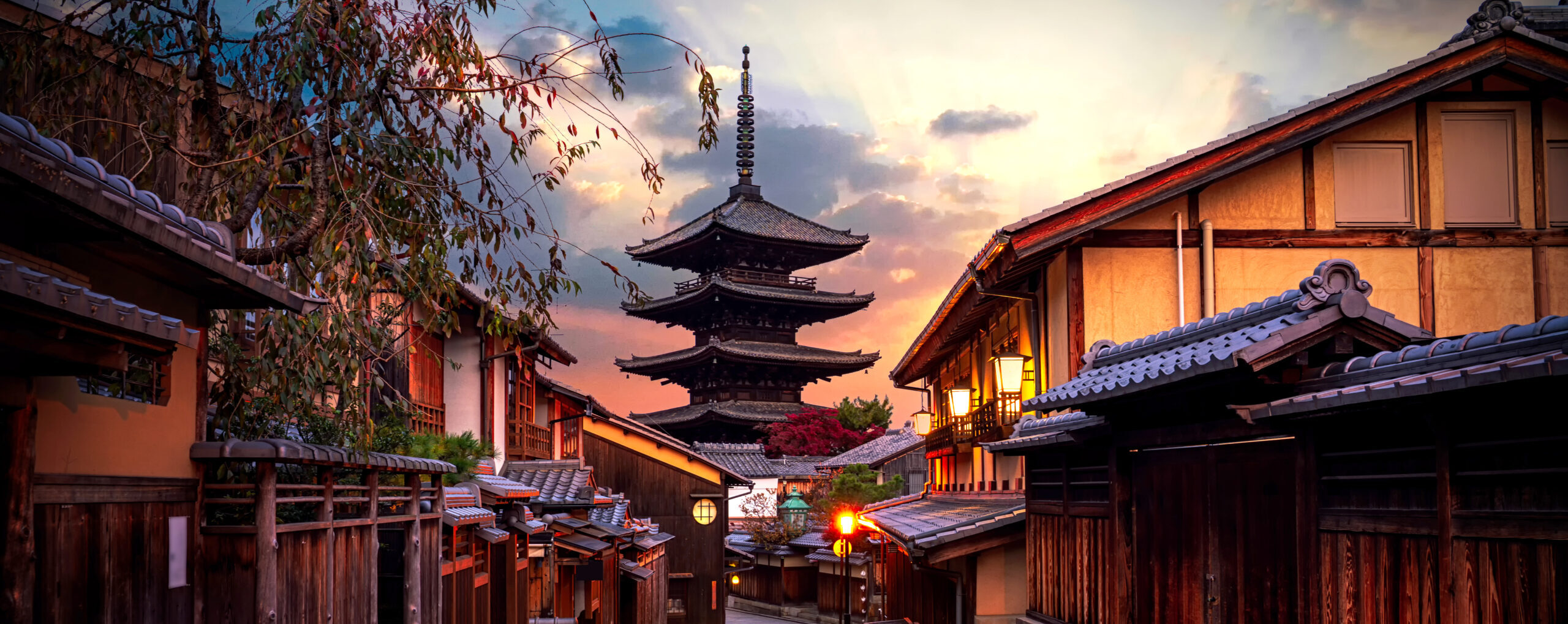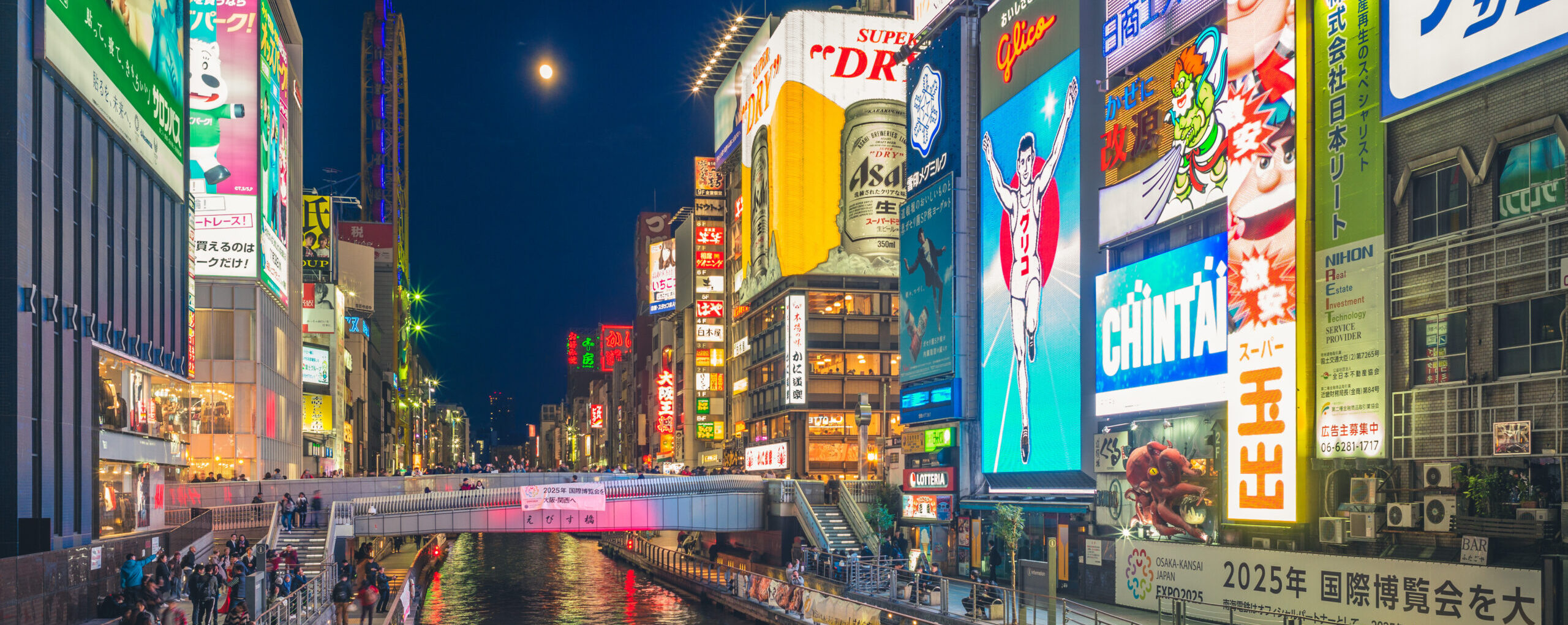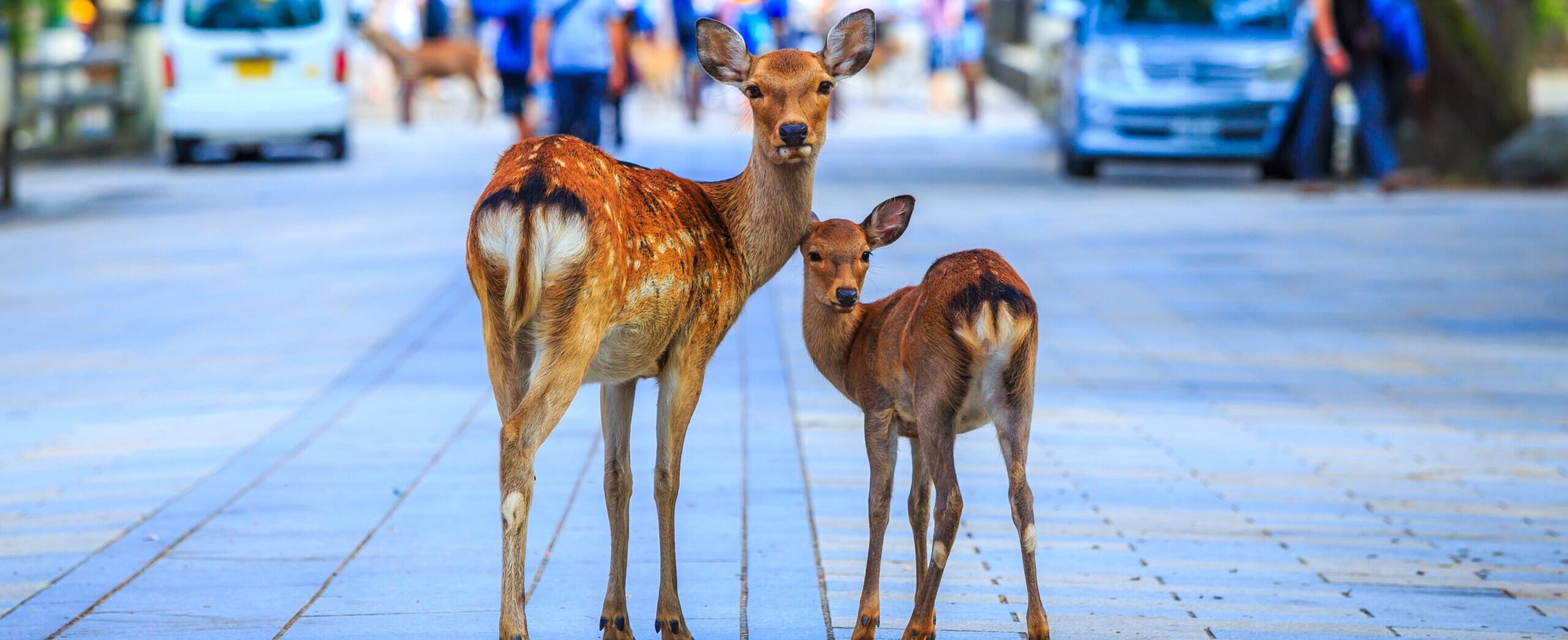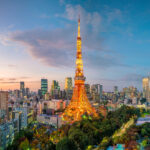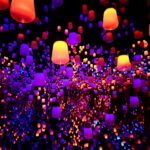In this Article
1. Overview of Kinkaku-ji
Kinkaku-ji, officially named Rokuon-ji, is a Zen Buddhist temple that dates back to the 14th century. The temple’s top two floors are completely covered in gold leaf, giving it a mesmerizing glow, especially when sunlight reflects off the surrounding Mirror Pond. This unique architectural feature represents an era of extravagant luxury while embodying the temple’s symbolic connection to the Pure Land, or paradise.
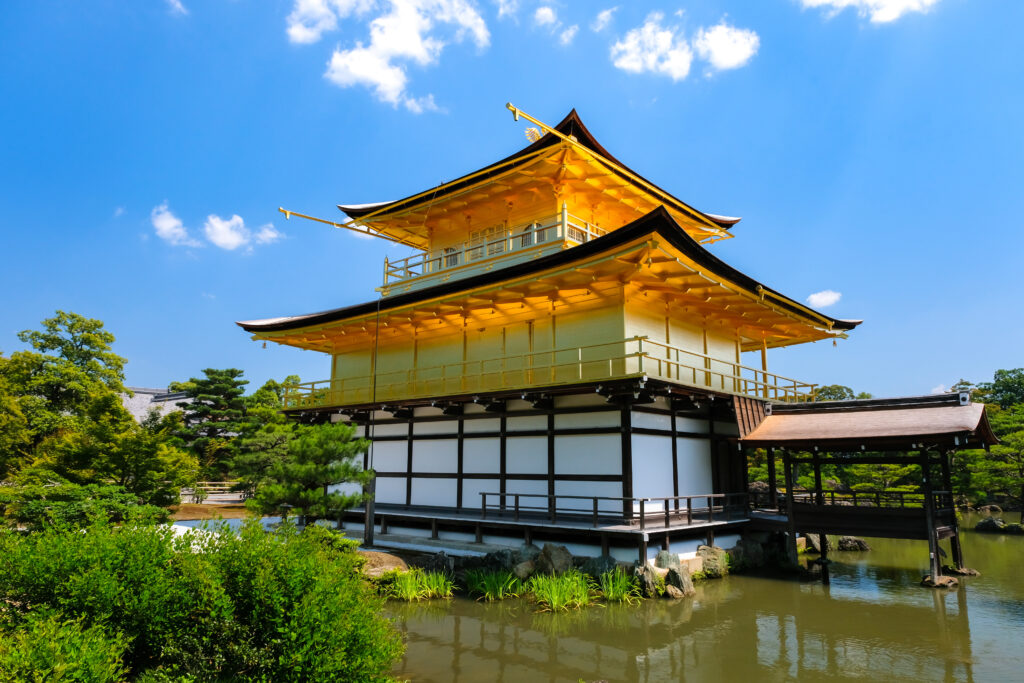
2. History of Kinkaku-ji
Kinkaku-ji was originally built in 1397 as a retirement villa for the shogun Ashikaga Yoshimitsu. After his death, it was converted into a Zen temple as per his will. Although the original structure was destroyed multiple times, notably in a fire in 1950, it was faithfully reconstructed in 1955 and continues to shine as a beloved historical and cultural site.
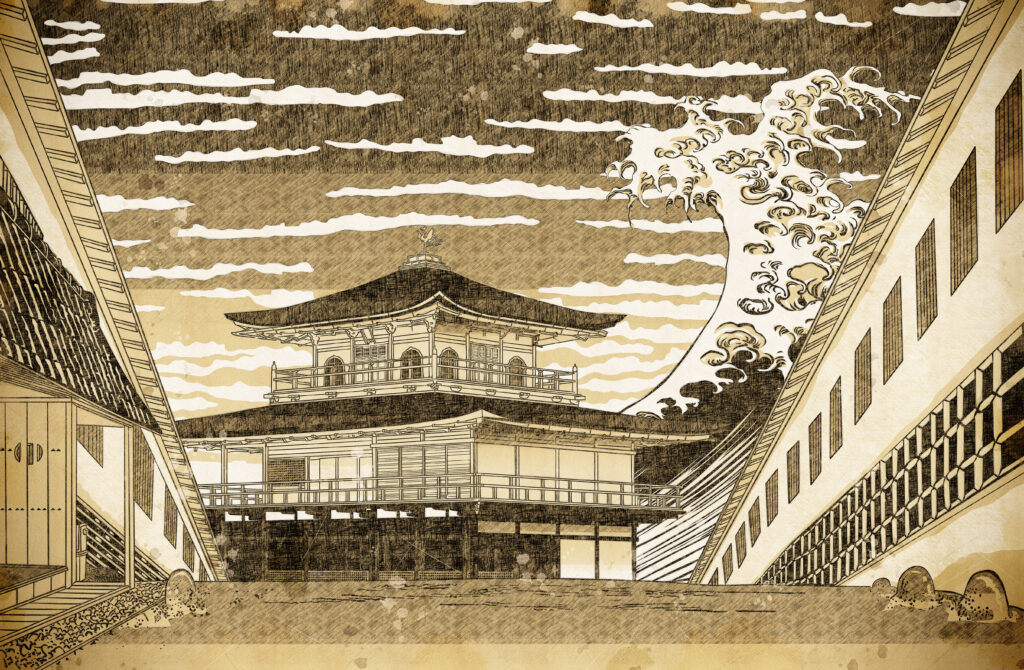
3. Highlights of Kinkaku-ji
The Golden Pavilion
The Golden Pavilion itself is a three-story structure with unique architectural influences on each level. The first floor, called The Chamber of Dharma Waters, is designed in the palace style and hosts statues of the Shaka Buddha. The second floor, The Tower of Sound Waves, follows samurai house architecture, while the top floor, The Cupola of the Ultimate, is built in a traditional Zen temple style and is topped with a golden phoenix ornament. Each floor represents a different architectural style, embodying a blend of cultural and spiritual influences.
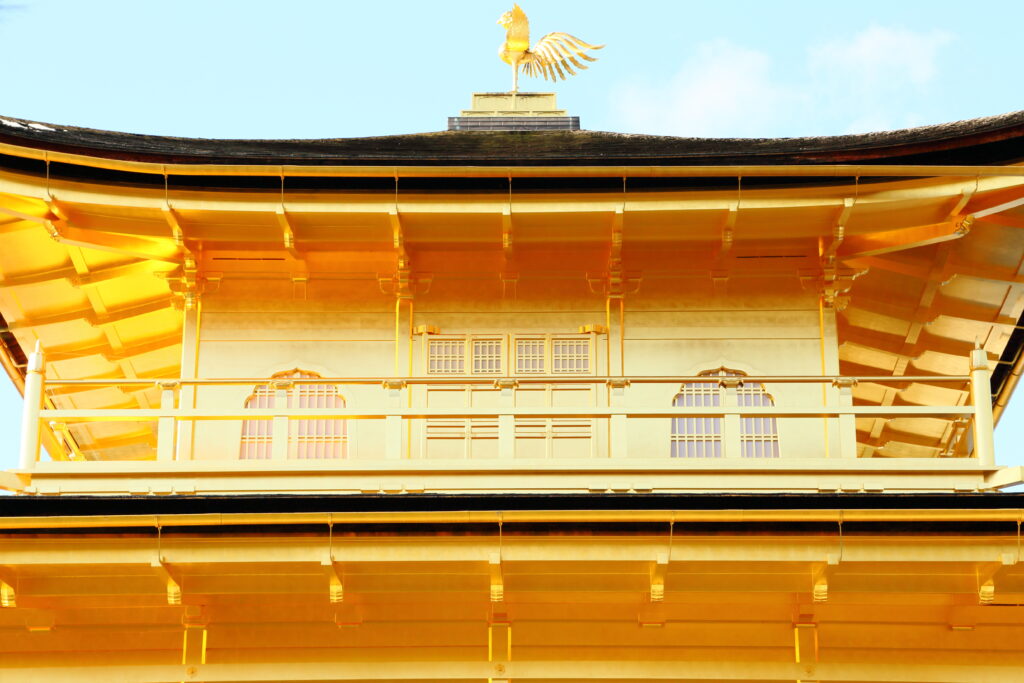
The Mirror Pond
Kinkaku-ji’s beauty is accentuated by the Mirror Pond (Kyoko-chi), where the Golden Pavilion’s shimmering reflection is captured. Small islands within the pond are decorated with stones, creating a harmonious balance between the temple’s man-made and natural elements. This setup reflects the concept of borrowed scenery (shakkei), where nature and architecture seamlessly blend.
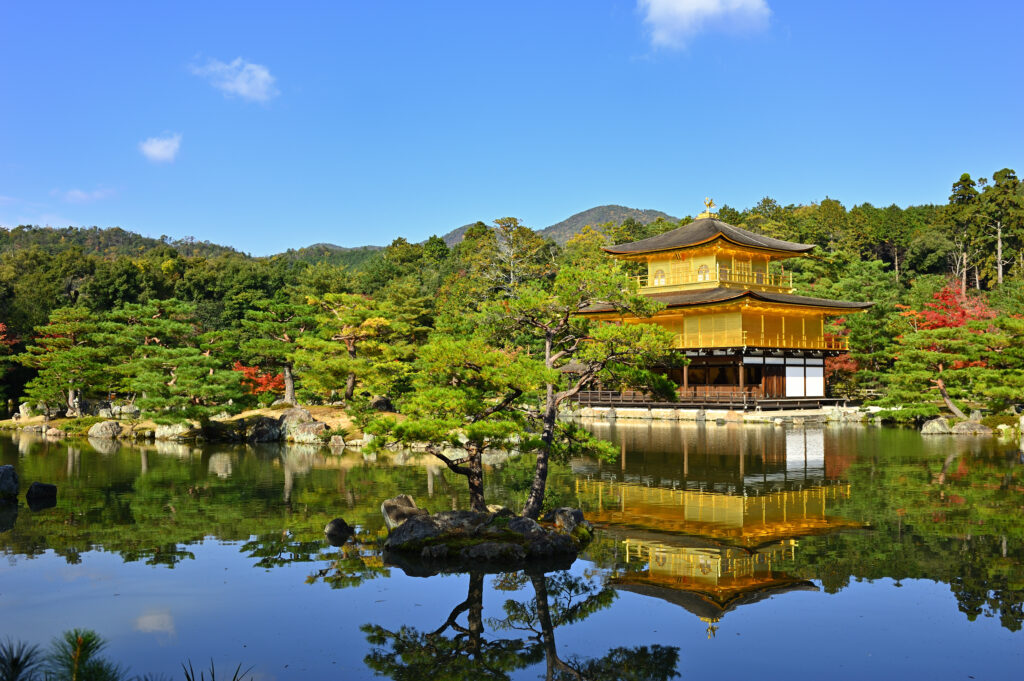
Zen Garden and Walking Path
The surrounding Zen garden and its walking path offer visitors a tranquil journey through perfectly maintained landscapes and small shrines. Along the path, you’ll encounter Anmintaku, a small pond that is said to have never dried up, and statues where visitors can toss coins for good fortune.
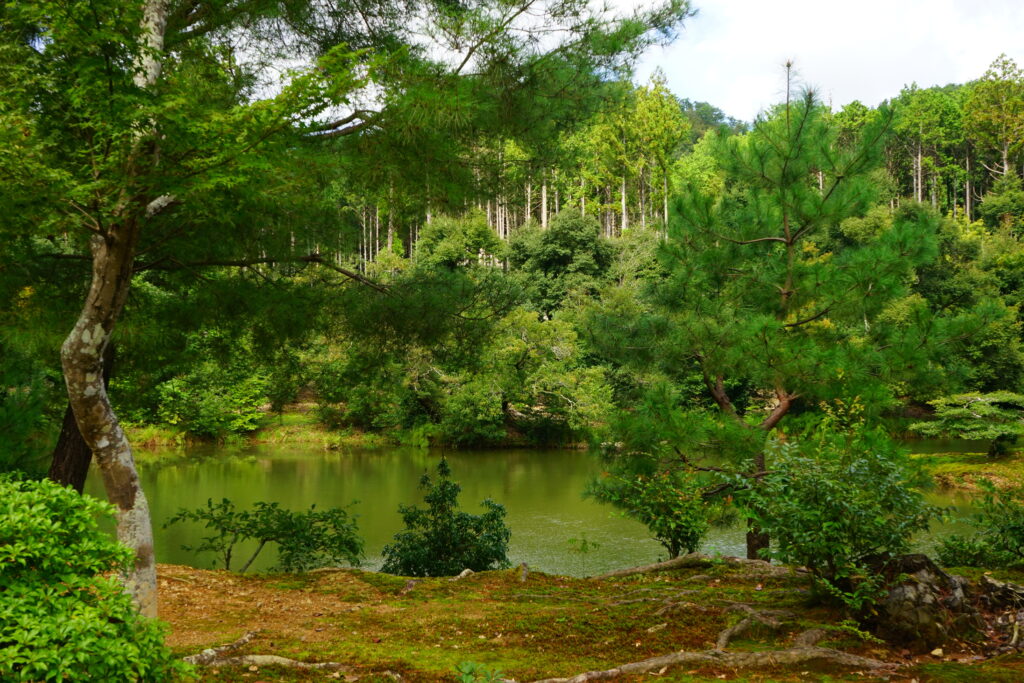
4. Best Time to Visit
Kinkaku-ji is enchanting in every season, each bringing a unique charm to the temple’s scenery. Spring brings cherry blossoms, while summer offers lush greenery. Autumn is especially popular for its vibrant maple foliage, and winter provides a magical sight as the Golden Pavilion contrasts beautifully with fresh snow. Visiting during the morning or late afternoon can help you avoid peak crowds.
5. Access to Kinkaku-ji
Kinkaku-ji is located in northern Kyoto and is easily accessible by public transport. From Kyoto Station, you can take a bus directly to Kinkaku-ji-michi bus stop, a short walk from the temple. Alternatively, you can take a subway and transfer to a bus, which is a slightly faster option.
6. Hours and Fees
Admission Fees
Adults: 500 yen
Children (elementary and junior high school students): 300 yen
Admission fees may be subject to change.
Opening Hours
9:00 AM to 5:00 PM
Closed Days
No closed days
